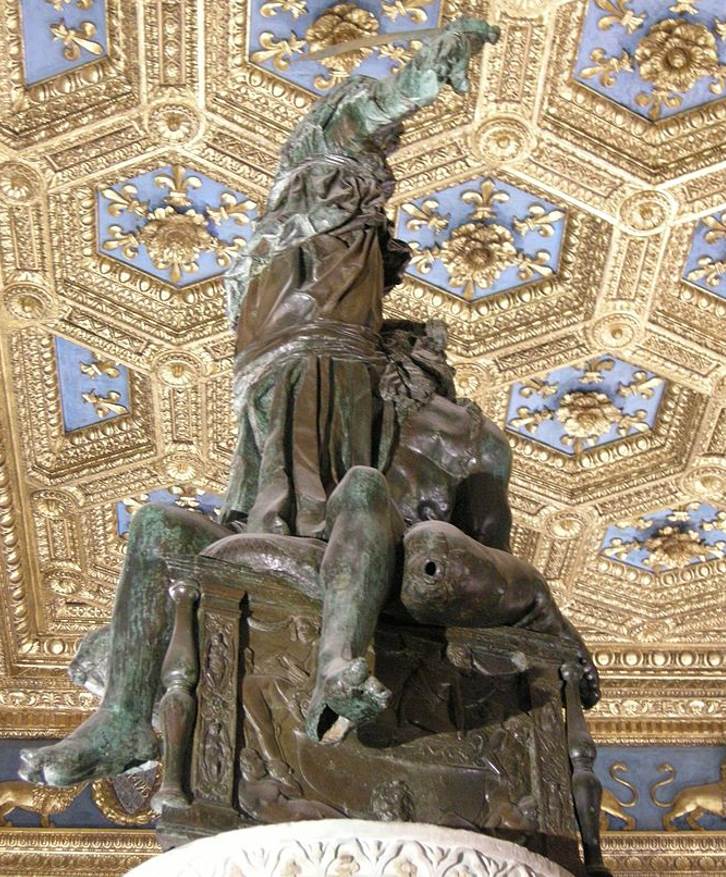The career of Donato di Niccolò di Betto Bardi (1386-1466), a Renaissance sculptor better known as “Donatello,” started in the early 15th century and lasted nearly 7 decades.
During this period, he transformed the world of art by integrating the true spirit of the Renaissance into his amazing artworks.
He produced one of his most famous sculptures during the final period of his life. It was held in such high regard that it was never placed in the location it was commissioned for.
Let’s take a closer look at some of the most interesting facts about Judith and Holofernes by Donatello, an intriguing sculpture by a renowned Renaissance master.
1. It took 7 years before Donatello completed this work
Donatello was born in Florence and studied classical sculptures in Rome in the early 15th century.
He was accompanied by Filippo Brunelleschi (1377-1446), a man who designed some of the most famous Renaissance buildings in history.
This experience defined his artistic style as it gradually moved away from the idealized medieval art to a distinctive sense of naturalism that defines Renaissance sculptures.
Judith and Holofernes were one of the final artworks that Dontalleo produced. He completed it between 1457 and 1464. The artist passed away two years after this monumental bronze sculpture was finished.
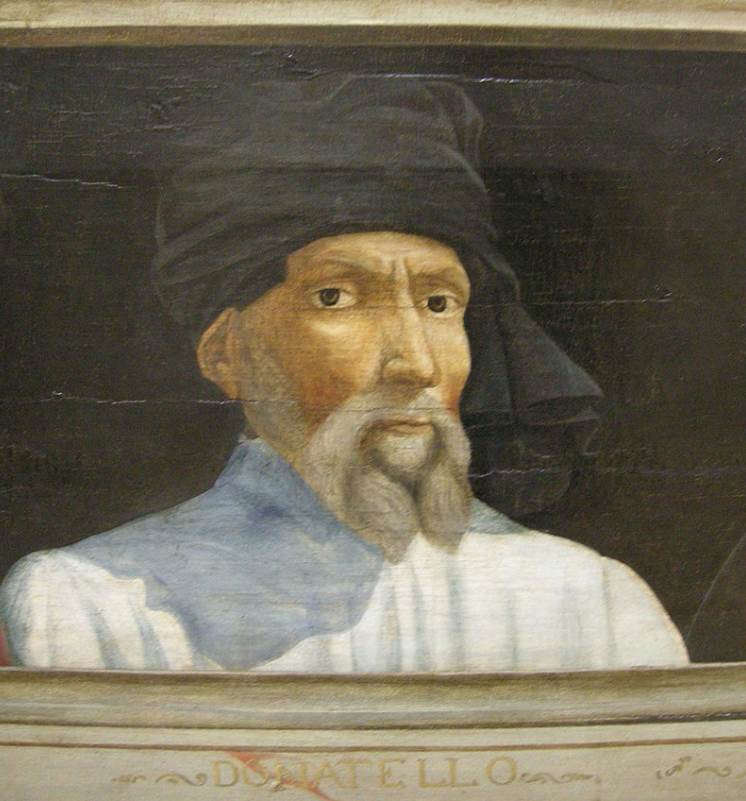
2. It depicts a popular story from the Book of Judith
According to the deuterocanonical Book of Judith of the Old Testament, Holofernes was an Assyrian general who invaded Judea.
Judith is described as a beautiful widow nad managed to use the lust Holofernes feels for her to enter his tent. As the general gets drunk, she manages to behead him.
This story was very popular with Renaissance and Baroque artists and was featured in multiple forms of art.
The sculpture depicts Judith with her sword held above her head while holding the hair. Her fearsome gaze emphasizes that she is ready to provide the ultimate blow.
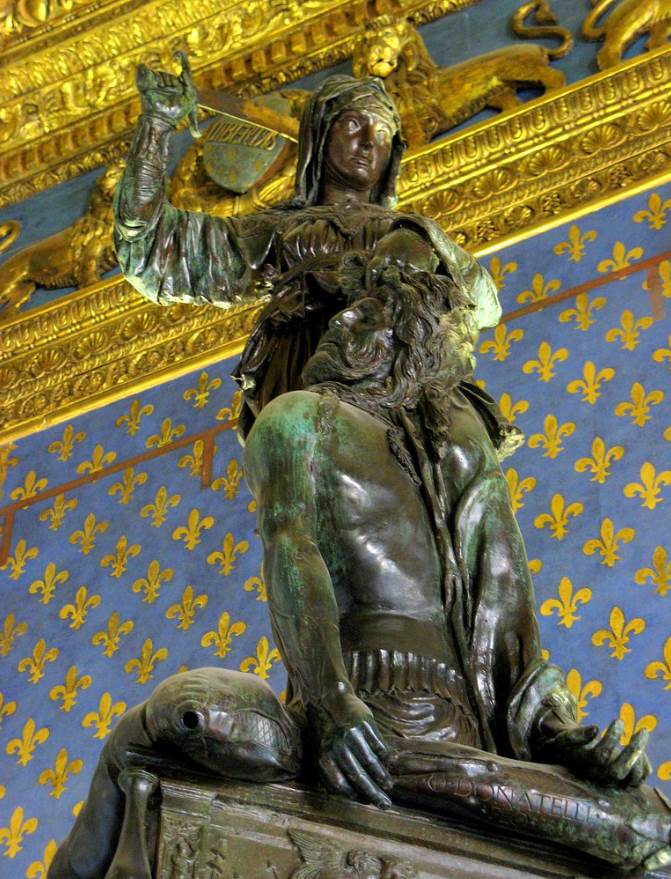
3. It was commissioned to decorate a fountain of a Florentine palace
One of the most fascinating facts about Judith and Holofernes by Donatello is that it was originally intended to decorate a fountain in the garden of the Palazzo Medici-Riccardi.
This palace is of the many amazing buildings in Florence and was completed between 1444 and 1484 to a design by Michelozzo di Bartolomeo (1396-1472).
Just like the sculpture, it was commissioned by Cosimo de Medici (1389-1464), the head of the rich Medici banking family.
The sculpture was originally gilded but only some gilding on the sword remains of it. There are, however, holes visible in the triangular pedestal which were intended to be used for the fountain.
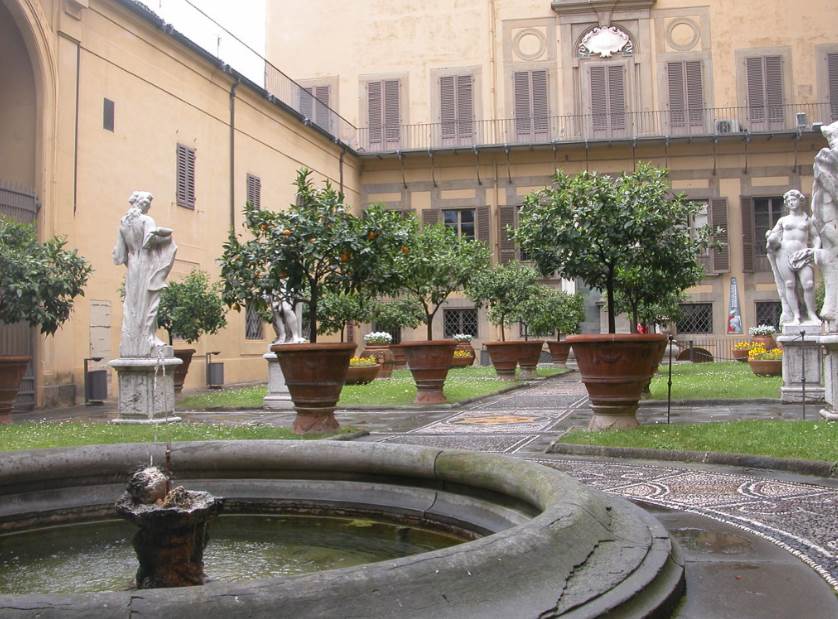
4. The sculpture is an allegorical representation of virtue slashing pride
Judith is a woman who is associated with “The Power of Women.” She is considered to be a symbol of liberty and virtue and the epitome of a woman being represented as being dominant over a man.
She is one of the underdogs in the Old Testament and is represented as the justified victory of the weak over the strong.
Holofernes, on the other hand, is the symbol of mental weakness as he both gets drunk and craves the beautiful woman who eventually slays him.

5. It became a symbol of Florentine power together with Donatello’s David
The symbolism of the presumed weak woman ending up victorious over the powerful general was extended to an allegory of Florence by the Medici family.
The sculpture was considered to be so amazing that it was moved from inside the garden of the Medici Palace to the Piazza della Signoria, the heart of the city.
The exact location was unknown, but it was certainly within the vicinity of the Palazzo Vecchio, probably even right next to it.
It was accompanied by Donatello’s David, another Biblical underdog who defeated the presumed stronger Goliath. Both sculptures were seen as allegorical representations of Florentine power in the 15th century.
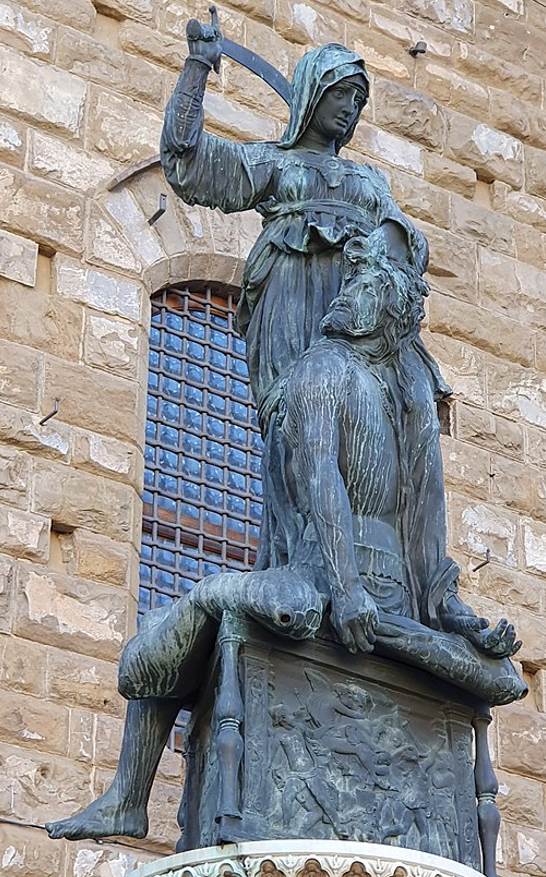
6. The base of the sculpture is a remarkable work of art as well
The immense sculpture was cast in 11 different pieces to make it easier for the work to be gilded. It’s also the first sculpture of the Renaissance that could be viewed from 4 different angles.
The base of the sculpture features reliefs that represent the fall of pride. Several putti, some of the first of the 15th century, can be seen drinking and urinating.
Its believed that the granite base of the sculpture once had an inscription that read:
Kingdoms fall through luxury and cities rise through virtues. Behold the neck of pride severed by the hand of humility.
A second inscription clarifies the allegorical representation of the work:
The salvation of the state. Piero de’ Medici son of Cosimo dedicated this statue of a woman both to liberty and to fortitude, whereby the citizens with unvanquished and constant hearts might return to the republic.

7. How big is Judith and Holofernes by Donatello?
The sculpture was cast in 11 different pieces to make it easier to gild, but that wasn’t the only reason.
This bronze sculpture is an immense work of art that stands 236 centimeters (93 inches) tall.
8. Where is the sculpture located today?
The sculpture was moved from the Piazza della Signoria into the nearby Loggia dei Lanzi in 1506.
This building borders both the square and the Uffizi Gallery, the most popular museum in the city that houses an incredible collection of art.
It was moved once more to the left side of the Palazzo Vecchio in 1919. The original was replaced with a bronze copy in this location in 1988.
This was the year that Donatello’s masterpiece was moved inside the “Sala dei Gigli” or “Room of the Lilies” inside the Palazzo Vecchio. That’s where you can admire the original version today.
